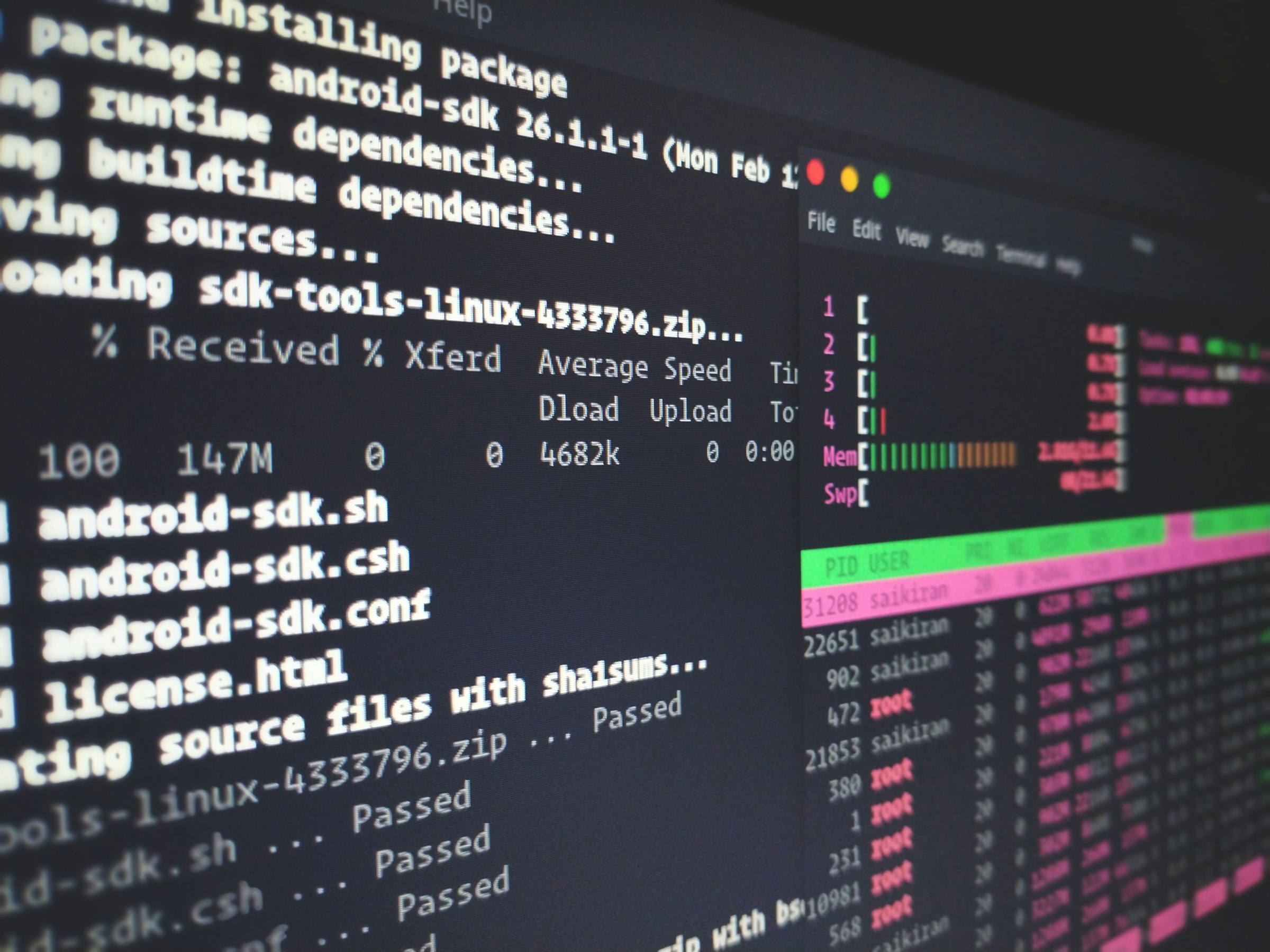
How to build a free website with Astro and Cloudflare Pages using Claude Code
Build a production-grade personal website with zero hosting costs. No DevOps experience needed when Claude Code handles the setup, configuration, and deployment.

Build a production-grade personal website with zero hosting costs. No DevOps experience needed when Claude Code handles the setup, configuration, and deployment.

Forward deployed engineers bridge the gap between software platforms and customer reality. The role fails catastrophically when filled by people without genuine coding skills.

Portfolio projects beat certificates every time. After evaluating 30+ ai certification programs, the data is clear: 78% of hiring managers prefer real experience over credentials. Here is what actually matters for AI roles at mid-size companies.

Most teams measure AI wrong - tracking model accuracy instead of business outcomes. This complete guide shows you the four measurement layers that matter, how to design dashboards that drive decisions, and why your infrastructure choice determines what you can measure.

Most vendor comparisons obsess over model capabilities while ignoring what actually determines success: whether they will pick up the phone when your implementation breaks at 3am. With 95% of AI pilots failing and over half of executives dissatisfied with vendor support, choosing the right partner matters more than choosing the best model.

Mid-size companies spend tens of thousands annually on workflow tools that fragment their operations. Claude Artifacts offers a different approach - unified AI-powered workspace that handles what used to require multiple subscriptions.

Your codebase sits at 40% test coverage, three people understand your critical systems, and hiring QA engineers costs more than your tooling budget. Claude Code test generation automatically generates comprehensive tests that catch edge cases developers miss, serving as both validation and living documentation for teams too small for dedicated QA but too large to skip testing entirely.

Most universities approach faculty AI training backward - loading technical skills before building confidence. The 80% who feel lost need support systems, not more features. Faculty resistance is rational caution, not obstinacy. Building confidence through peer support and specific use cases works better than comprehensive training programs.

Most companies waste millions on failed replacement projects when AI augmentation could modernize legacy systems faster and cheaper without business disruption. Here is how mid-size companies can build intelligent capabilities on top of existing systems instead of expensive rip-and-replace approaches.

Multi-agent AI systems promise specialized intelligence but deliver exponential complexity. Communication overhead grows as n squared, costs multiply, and failure rates double. Most mid-size companies need one capable agent, not coordinated swarms.

Open source AI models look free until you add infrastructure, staffing, and maintenance. For most mid-size companies, proprietary solutions cost less overall.

The most effective student ai hackathons succeed because of constraints, not despite them. Structure drives creativity better than freedom ever could.

Most generative AI products have negative unit economics and lose money on every user. Here is the uncomfortable reality about AI product profitability and what it takes to build sustainable businesses.

Cloud infrastructure beats on-premise hardware for teaching AI. Universities are learning this the hard way after spending millions on servers that sit idle most of the semester. Shared resource pools, cloud-native platforms, and smart governance systems let students access professional-grade compute without the capital expense of building individual labs from scratch.

Traditional project budgeting assumes you know the outcome before you start. AI budgeting assumes you will discover the outcome through iteration. Here is a practical framework mid-size companies can actually use to budget for AI projects without setting money on fire or surprising your CFO.

Most AI capstone projects fail because they chase perfect theoretical problems instead of messy real-world ones. Discover how real industry partnerships, structured mentorship frameworks, clear evaluation criteria, and portfolio visibility work together to transform student learning outcomes and career readiness.

The cheapest AI contract often becomes the most expensive when business needs change. How flexible terms around usage scaling, data portability, and exit rights protect mid-size companies from vendor lock-in. Practical negotiation strategies for contracts that adapt to unpredictable AI adoption patterns without enterprise leverage.

The traditional career ladder is breaking under AI automation. Entry-level positions have declined 20% since 2022 in tech-exposed fields. The question is not whether AI will change your job, but whether you will adapt fast enough to stay relevant and competitive in the transformation.

Gartner projects 30 percent of generative AI projects will fail. When they do, most companies bury failures instead of extracting lessons. A structured post-mortem process paired with proper iteration budgeting transforms project failure into organizational knowledge that prevents repeating mistakes.

Computer science alone will not build the next generation of AI-capable engineers. The future belongs to mechanical, electrical, and civil engineers who understand both their domain and AI fundamentals. Universities are catching on, launching hybrid programs that combine traditional engineering excellence with practical machine learning skills.

Law schools that do not teach AI literacy are not preparing students for the world they are walking into. Seventy-nine percent of law firms already use AI, professional competence now requires AI understanding, and traditional legal work is being automated.

Stop choosing between innovation and business risk. Most governance frameworks create bureaucracy that kills progress. Here is a practical and actionable template that enables AI teams while managing actual risks, without dedicated ethics boards, monthly committee meetings, or policy theater.

Why 87% of AI projects fail before production has nothing to do with AI capabilities and everything to do with legacy system integration. Organizations spend 60-80% of AI budgets just connecting to existing systems. Here is how to bridge the gap without replacing your entire tech stack.

Your junior employees understand AI better than your executives. The solution is not what most companies think it is - and the research proves it.

The best AI migrations are invisible to users. Learn proven strategies for migrating AI systems without business disruption using blue-green deployment, canary rollouts, and phased transitions. Practical guidance on pre-migration testing, risk mitigation, and rollback procedures that keep your team productive throughout the change.

Most AI RFPs collect marketing slides instead of testing real performance with your data. Gartner reports 85% of AI projects fail, often because procurement focused on credentials rather than capability. Here is a practical approach that evaluates vendors through hands-on proof of concepts using your actual data and workflows, not polished presentations.

Universities are deploying AI teaching assistants not because they teach better, but because they never sleep. What 24/7 availability really means for learning outcomes.

Most companies pick AI vendors based on impressive demos and feature lists, missing what actually matters. The real decision comes down to support quality, technical reliability you can verify, and business stability that protects your investment when systems go down at 2 AM.

Most startups do not know they can access significant AI credits through the Anthropic partner network. This guide covers how the program actually works, who qualifies, what you get beyond the headline number, and why the other benefits often matter more than the credits themselves.

The best AI model is useless with a poorly designed API. Here is how to build API-first AI architecture that developers actually want to use and why your API design determines adoption more than your model performance. Learn the patterns that separate thriving integrations from abandoned projects.